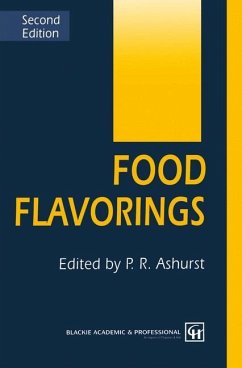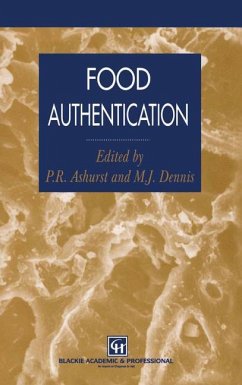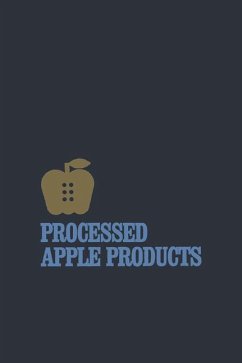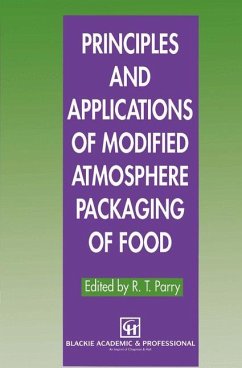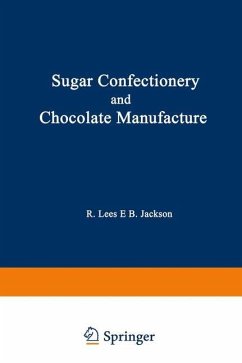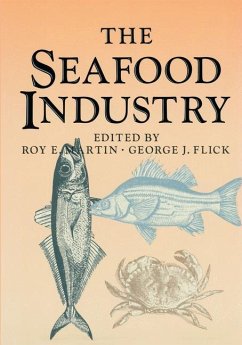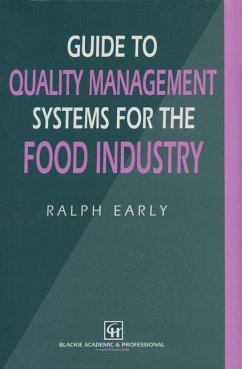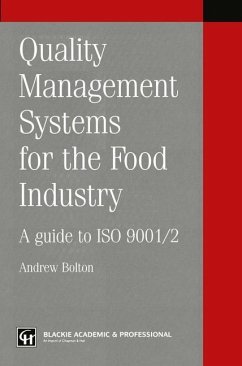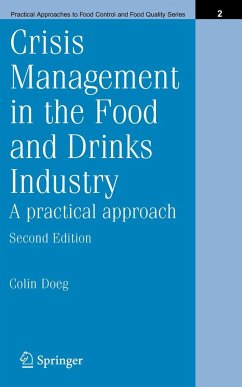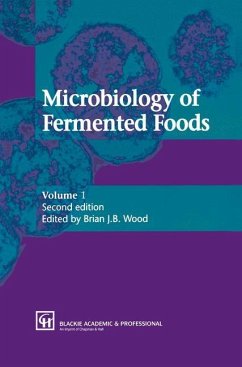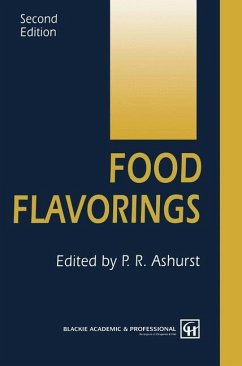
Food Flavorings
Versandkostenfrei!
Versandfertig in 1-2 Wochen
39,99 €
inkl. MwSt.

PAYBACK Punkte
20 °P sammeln!
The need for a further edition of a book is gratifying for contributors and editor alike. When faced with the corresponding challenge to identify what has changed in one sector of a particular industry, however, initial enthusiasm frequently declines. Nowhere is this more evident than in this book on food flavourings, because the industry still remains the tantalising blend of art, science and technology that was alluded to in the first edition. Instrumentation and analytical skills can now identify flavour components down to nanogram and picogram concentrations and yet the skilled flavourist ...
The need for a further edition of a book is gratifying for contributors and editor alike. When faced with the corresponding challenge to identify what has changed in one sector of a particular industry, however, initial enthusiasm frequently declines. Nowhere is this more evident than in this book on food flavourings, because the industry still remains the tantalising blend of art, science and technology that was alluded to in the first edition. Instrumentation and analytical skills can now identify flavour components down to nanogram and picogram concentrations and yet the skilled flavourist is often still able to defeat this scientific ability. Many parts of the food industry, and in particular the more traditional outlets such as baking and confectionery, use flavours and methods of application that have changed little in fifty years. At the other end of the spectrum, advanced synthetic chemistry methods and computer-controlled natural product processes can give the flavour industrya greater selection of higher quality materials than ever before. The industry itself has, in recent years, undergone many commercial changes, and in the U.K. some manufacturers' names known for a century or more have disappeared to become part of larger corporate entities. Flavours are for the first time controlled, albeit in a small way, by statute based on a European Directive.





